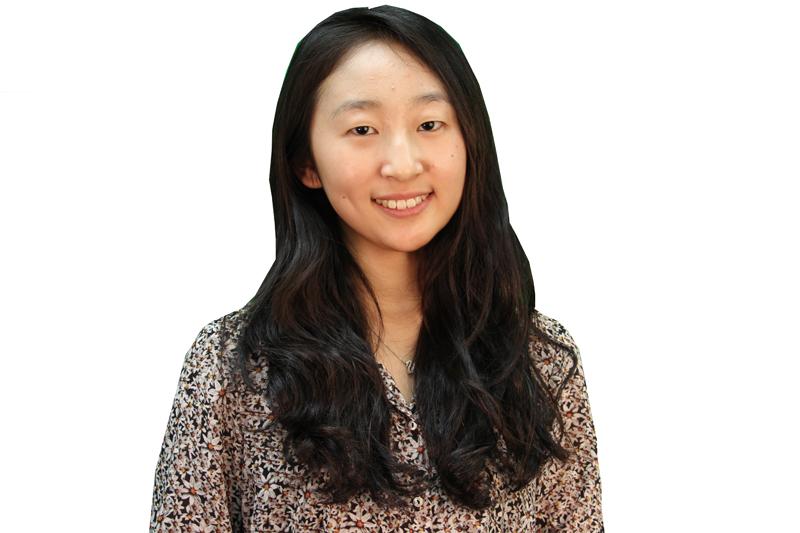Shin: The case for Northwestern’s misunderstood art program
March 1, 2015
“I’m an art major,” I say.
“Wait, like ‘actual’ art? Not art history?” Many question again, disbelieving.
Every time I meet new people, students and professors alike, or every time I run into the “what’s your major?” question, this has become an expected scenario.
Somehow, I find that many people think being an art major at Northwestern is just weird. Art history is OK, but ‘art’ art — “the real thing” — apparently doesn’t quite fit in with what people associate with NU. Perhaps many people see NU as an academic institution where “non-academic” and vocational fields like art don’t fit in. I understand that they don’t meet many art majors: There are few at NU. So in a way, it may only be natural that people have preconceived notions of an academic institution and art’s place within it.
Once people come to terms with me pursuing art as a major, they ask me what I draw or paint. The side comment? That I must do it well to be a major.
That’s only the nice side of the story.
During the summer at my internship, I met art school students and alumni. When I told them I’m double majoring in journalism and art at NU, they immediately didn’t take me seriously as an art major. “Oh you can’t be doing the real thing,” they said. Clearly, they think that NU can’t have an actual art program because we’re known for academic achievements and in their minds academics and art are mutually exclusive.
Whatever “the real thing” people make art to be, I would like to clarify the art program here at NU, emphasizing the formal name: art theory and practice. Especially in the upper-level classes, it’s very theory-intense and the practice derives from theory. For instance, the course Color in Culture discusses what color and space means in art. We then apply the theories to create various pieces that specifically address materiality, multiple senses and iconography.
Although aesthetics and skill sets are part of the vision for the art department, art theory and practice, at its heart, is about ideas. Think Marcel Duchamp’s urinal piece: That was a pure idea. If craft is all that art is, then perhaps Duchamp would not have been a great artist because he didn’t make the urinal to begin with. It’s also doubtful whether he would do a good job making one. The point of the piece is not on the object of the urinal itself. Rather, the point is changing the relationship between the audience and an object, making the audience re-contextualize such a banal everyday object — a urinal — as a piece of art.
At the same time, art, at least at NU, isn’t the exclusive and pompous thing where no one understands it except some elite group of incomprehensible crazy artists, though we may be crazy in a good way.
When I encourage my friends to consider taking art classes as a break, some of them just say that they can’t draw or paint or make things look pretty and immediately dismiss it. Like I said before, art theory and practice is not pure skills but ideas. So, if anything, it should be more accessible to students who may be more comfortable with essay writing.
Another way of understanding art theory and practice is Montaigne-esque essay writing: exploring ideas and expressing opinions on certain issues. Some art may be straightforward like your classic five-paragraph essay with a thesis, argument, counterargument and conclusion. Not all art is like that, however.
NU students should not be afraid to explore what the art theory and practice department has to offer, including the 300-level classes and the major. It definitely expanded the way I literally and metaphorically see things. Skills like questioning, analysis, creativity, spatial understanding, etc, that students use and develop in other departments or majors can not only transfer over to but also further develop through art theory and practice classes.
Yes, the art theory and practice department is not engineering that builds concrete things, or writing that reads linearly. Perhaps it’s closer to deconstructing concretely understood things. But because the department shares similar skill sets in theory that are practiced in very different ways, NU students have much to gain.
Heiwon Shin is a Medill sophomore. She can be reached at [email protected]. If you would like to respond publicly to this column, send a letter to the editor to [email protected].


